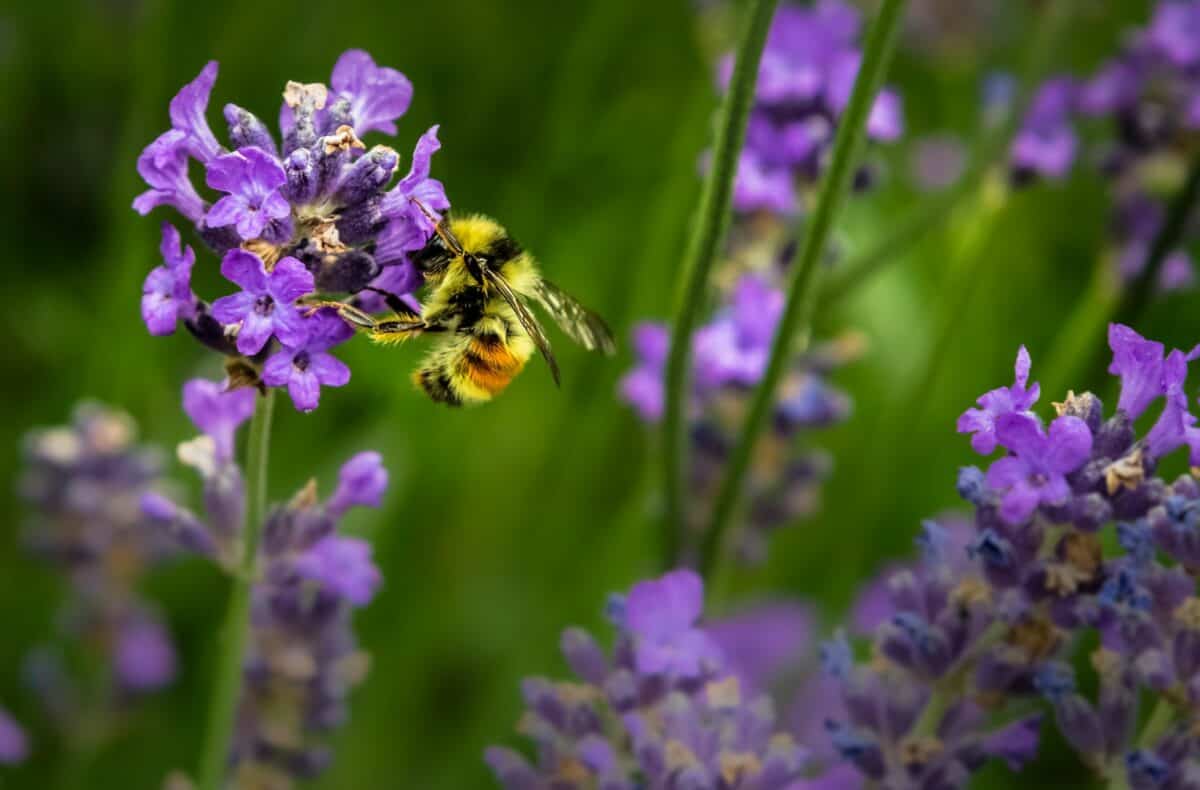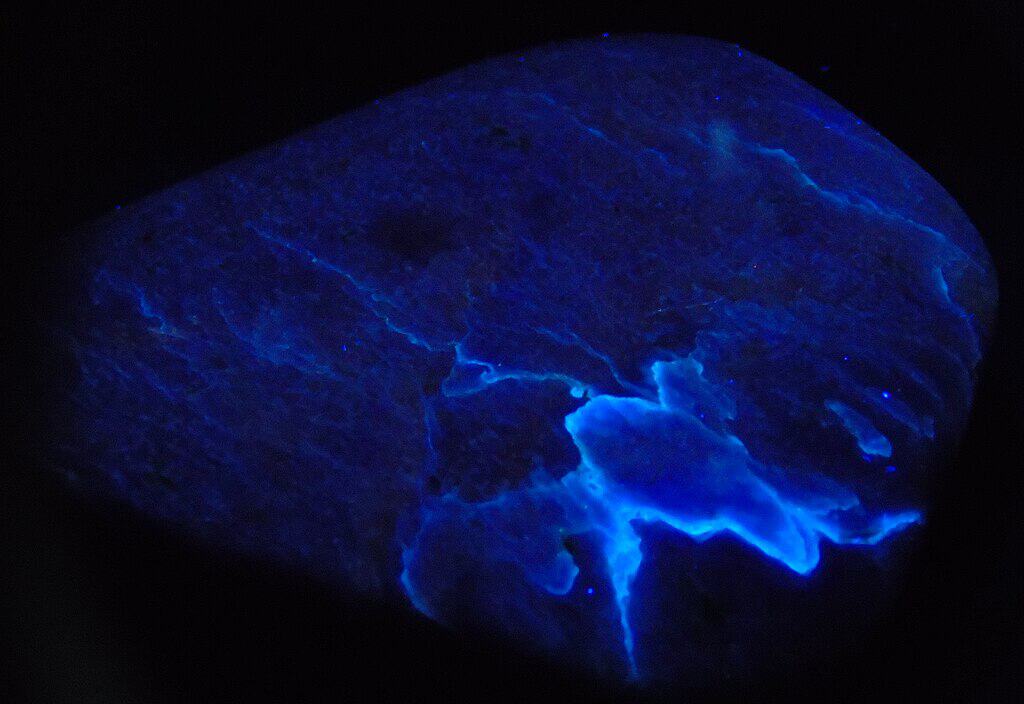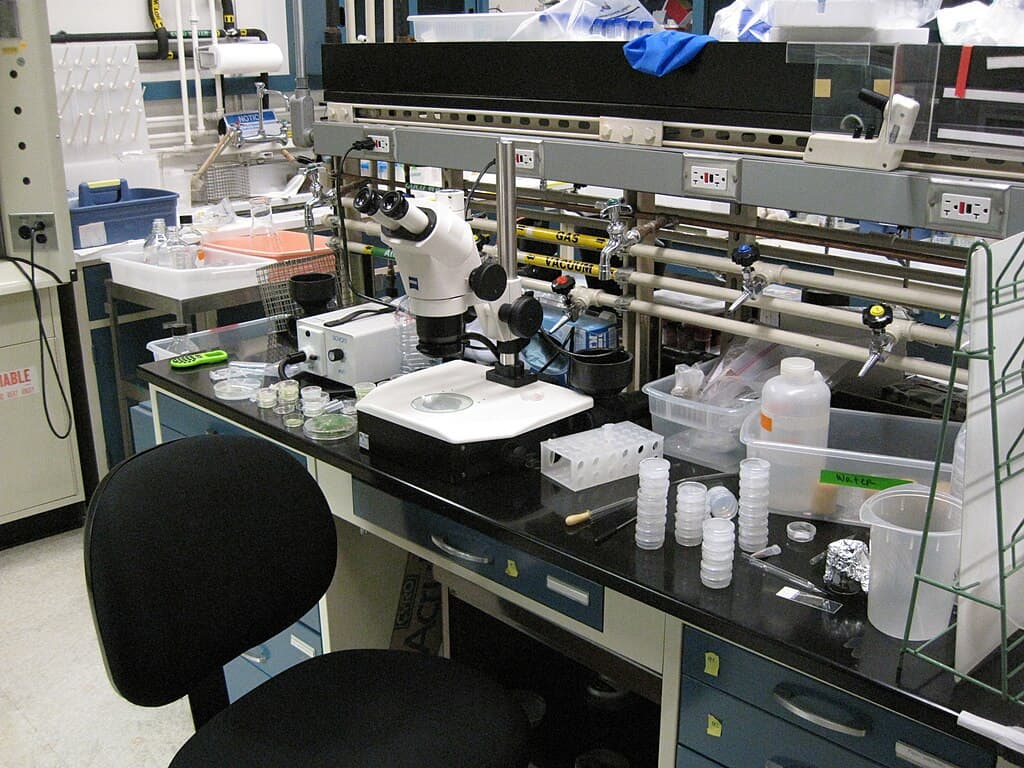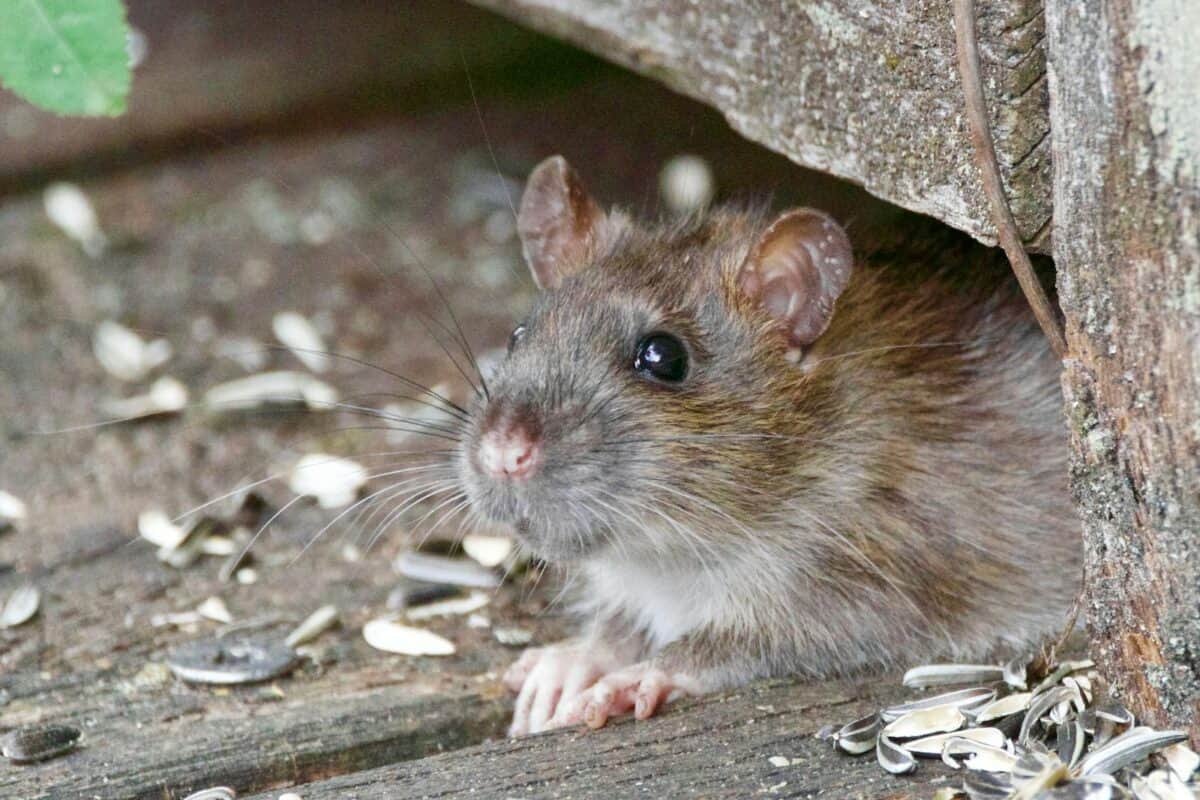In the vast world of nature, certain abilities in animals extend beyond human perception, revealing how uniquely adapted these creatures are to their environments. Among these fascinating abilities is the capacity to see ultraviolet (UV) light. While humans remain confined to the visible spectrum, a spectrum full of reds, blues, and greens, some animals witness a vibrant array of colors that are invisible to us. This ability not only enhances their understanding of the world but also plays a critical role in survival. Buckle up as we delve into the extraordinary phenomenon of ultraviolet vision in the animal kingdom.
The Basics of Vision and Light

To understand how some animals see ultraviolet light, it’s useful to first grasp the basics of vision and light. Vision occurs when light enters the eye and is detected by photoreceptor cells. Humans have three types of these cells, called cones, enabling us to perceive colors within the visible spectrum of light – from red to violet. However, light doesn’t stop there. Ultraviolet light comes right after the violet edge, ranging from 10 to 400 nanometers, which is beyond human perception. In contrast, some animals possess additional photoreceptor cells allowing them to detect these UV wavelengths.
Evolutionary Advantages of UV Vision

Seeing ultraviolet light offers several evolutionary advantages. Animals with UV vision can see patterns on flowers, aiding in the pollination process. These patterns, invisible to humans, guide bees and other pollinators directly to nectar. UV vision also allows animals to better detect mates, recognize predators, or find food. For many, it’s a crucial element of their survival toolkit.
Which Animals Have UV Vision?

Numerous species across different animal kingdoms can see UV light, though their reliance on it varies. Insects like bees and butterflies are some of the most renowned for their ultraviolet perception. Birds also have highly developed UV vision that aids in courtship and navigation. Among marine life, some fish leverage UV detection to find food or avoid being preyed upon. Even in the mammalian world, certain rodents and reindeer use UV vision to their advantage.
Insects

Insects are unmatched in their use of ultraviolet vision. Honeybees, for instance, are equipped with compound eyes that can detect UV light, which is crucial for locating flowers. These floral displays often possess UV patterns pointing to nectar, invisible to the naked human eye. This ability significantly aids pollination, ensuring the reproduction of countless plant species and maintaining ecological balance.
Avian Uses of UV Light

Birds have a fourth type of photoreceptor that allows them to see ultraviolet light. For many, this vision is essential for spotting food, as certain fruits and seeds reflect UV light, making them stand out against foliage. In the social sphere, UV perception aids in mate selection, as many birds display plumage that reveals additional patterns in UV light, serving as signals of genetic fitness.
Fish

Underwater, UV vision can be especially advantageous. Certain fish, such as the damselfish, detect UV light to recognize conspecifics with whom they prefer shoaling. These UV patterns offer a mode of communication that predators may not perceive, giving them a survival edge. Furthermore, UV light penetrates deeper in water than visible light, providing visibility at greater depths.
UV Vision in Mammals

Mammals with UV vision are uncommon, but they do exist. Reindeer are a notable exception, as they live in arctic regions where UV light reflected off snow can be plentiful. This ability helps them see predators, which may otherwise blend into the snow, and locate food sources such as lichen, which absorb UV light differently than the snowy background.
Rodents and UV Vision

Some rodents, including certain species of voles and mice, also possess the ability to see UV light. This is particularly useful in tracking urine trails left by conspecifics, which is critical for finding mates and marking territory. Such UV-signaling mechanisms facilitate efficient communication and survival.
The Science Behind UV Detection

The science behind UV vision involves specialized photoreceptor cells equipped with opsins tuned to UV wavelengths. These opsins undergo a conformational change in response to UV light, triggering neural responses that convey visual information to the brain. Researchers study these mechanisms to better understand not only animal behavior but also human conditions, such as UV-related eye damage and diseases.
How Humans Utilize This Knowledge

The study of ultraviolet vision transcends mere academic curiosity. It has practical applications in insect pest management, conservation efforts targeting bird migration, and designing urban environments. Understanding how animals perceive UV light can lead to innovations in drone and camera technology designed to capture images beyond the human visible spectrum.
Challenges Animals Face Due to UV Vision

The ability to perceive UV light is immensely beneficial, but it can also pose challenges. For example, urban lighting and pollution can disrupt UV patterns, affecting how animals navigate, find food, and mate. Conservationists often regard this when formulating strategies to mitigate negative human impacts on wildlife.
Future Research and Potential Discoveries

As technology advances, so does our capacity to study ultraviolet vision in finer detail. Future research may reveal more about the genetic basis of UV perception, with possible implications for genetic engineering and synthetic biology. Understanding more about UV perception could also inspire new technologies, materials, and even art forms rooted in how we interpret light.
The Fascinating World Through UV Vision

The capacity of some animals to perceive ultraviolet light underscores the remarkable diversity and adaptability of life on Earth. It offers insights into how different species interact with their environment, find food, and communicate. As we continue to explore this vibrant world, ultraviolet vision challenges us to reconsider our understanding of vision and the fundamental nature of perception itself. Through studying this phenomenon, we not only learn about animals but also gain a deeper appreciation for the complexity of the natural world and our place within it.
- The Incredible Ability of Some Animals to See Ultraviolet Light - August 12, 2025
- The Most Venomous Snakes Hiding in US Backyards - August 12, 2025
- This Dog Holds the Record for Most Words Understood by a Pet! - August 12, 2025

